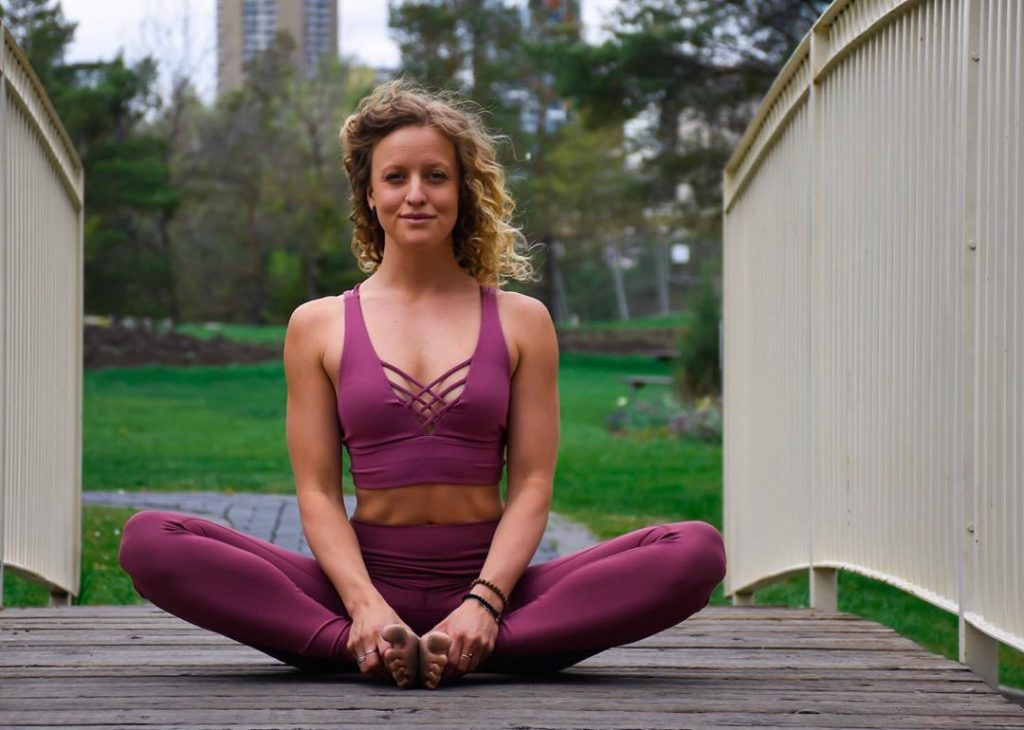
Menstrual disorders, such as irregular periods, painful menstruation, and heavy bleeding, affect millions of women and are often linked to hormonal imbalances, stress, and poor lifestyle habits. While medication plays a vital role, yoga therapy has emerged as a powerful complementary approach to restore hormonal balance, reduce stress, and promote reproductive health. This case study describes the healing journey of Sneha Verma, a 28-year-old working professional, who overcame her long-standing menstrual disorders through a blend of yoga and medical support.

Table of Contents
Patient Background
- Name: Sneha Verma
- Age: 28
- Occupation: Software Engineer
- Medical History: Irregular periods (oligomenorrhea), painful menstruation, and premenstrual syndrome (PMS) for over 4 years
- Lifestyle: Sedentary job, frequent night shifts, high stress, junk food intake
Symptoms:
- Periods are delayed by 2–3 months regularly
- Severe cramps and mood swings during periods
- Acne and hair fall during the PMS phase
Initial Medical Diagnosis:
Sneha visited Doctor, a gynecologist, after skipping her periods for three months. The following diagnostic steps and results were recorded:
Clinical Examination & Tests:
-
Pelvic Ultrasound: Mild PCOS (Polycystic Ovary Syndrome)
-
Hormonal Profile:
-
FSH/LH Ratio: Altered (LH > FSH)
-
Testosterone: Slightly elevated
-
Prolactin: Normal
-
-
Diagnosis: PCOS-induced Oligomenorrhea and Dysmenorrhea
Medical Treatment Plan For Menstrual Disorders:
The doctor emphasized that PCOS is reversible with consistent lifestyle and hormonal balancing techniques.
Medications Prescribed:
- Oral Contraceptives (low dose): To regulate cycles
- Metformin (500 mg/day): To manage insulin resistance
- Vitamin D3 + Myo-inositol supplements: For hormonal balance
- Antispasmodics: For menstrual cramps when needed
Dietary Recommendations:
- Low-carb, high-fiber diet
- Avoid refined sugar, dairy, and processed foods
- Increase intake of leafy greens, flax seeds, and whole grains
- Hydration: 2–3 liters of water daily

Introduction to Yoga Therapy:
Seeking a long-term natural healing path, Sneha enrolled in the Hormonal Balance Yoga Program, guided by a certified yoga therapist. The therapy focused on balancing the endocrine system, improving pelvic circulation, and reducing stress, which is key for managing PCOS and menstrual disorders.
Yoga Practice and Techniques For Menstrual Disorders:
Initial Phase (Weeks 1–4):
Goal: Reduce stress, stimulate pelvic organs, initiate hormonal balance
Asanas (Yoga Postures):
- Baddha Konasana (Butterfly Pose): Improves blood flow to reproductive organs
- Supta Baddha Konasana (Reclining Butterfly): Promotes relaxation and regulates hormones
- Setu Bandhasana (Bridge Pose): Stimulates ovaries and thyroid
- Balasana (Child’s Pose): Eases menstrual cramps and calms the nervous system
Pranayama:
- Nadi Shodhana (Alternate Nostril Breathing): Balances hormones and reduces stress
- Ujjayi Breath: Stimulates the thyroid and calms the nervous system
Mid-Phase (Weeks 5–12):
Goal: Deepen hormonal balance, strengthen pelvic muscles, support regular ovulation
New Asanas Added:
- Ustrasana or Camel Pose: Opens the chest and stimulates the adrenal glands
- Malasana or Garland Pose: Opens hips and enhances reproductive health
- Ardha Matsyendrasana or Spinal Twist: Supports detox and improves digestion (important for hormonal balance)
Advanced Pranayama:
- Bhramari (Bee Breath): Reduces PMS symptoms and anxiety
- Agnisar Kriya: Stimulates abdominal organs and improves hormonal metabolism
Lifestyle Changes Integrated:
- Regular meal times aligned with circadian rhythm
- 8 hours of sleep with no screen time 1 hour before bed
- Weekly journaling and mindfulness meditation
- Use of natural herbs like Ashoka, Shatavari (with doctor’s approval)
Progress and Monitoring
After 3 Months:
- Menstrual Cycle: Periods started arriving every 35–40 days without medication
- Cramps: Reduced in severity; no need for antispasmodics
- Mood Swings & PMS: Significantly reduced
- Weight: Lost 4 kg (helped reduce insulin resistance)
- Acne and Hair Fall: Started reducing with improved hormonal profile
After 6 Months:
- Cycle Regularity: Consistent 28–32 day cycle
- Medication: Discontinued oral contraceptives under doctor’s supervision
- Ultrasound: Ovarian cysts reduced in size and number
- Hormonal Profile: LH/FSH ratio normalized
- Energy & Emotional Health: Improved concentration, mood stability, and better digestion
Conclusion:
Sneha’s complete turnaround from irregular, painful menstruation to a regular, healthy cycle underscores the potential of integrative treatment. With the continued practice of yoga and mindful living, she now experiences balanced hormones and overall well-being.
Reference Articles:
- Management of dysmenorrhea through yoga: A narrative review
- Yoga for Periods, Body and Soul | Yoga Asanas and Benefits
- Yoga for Irregular Periods




